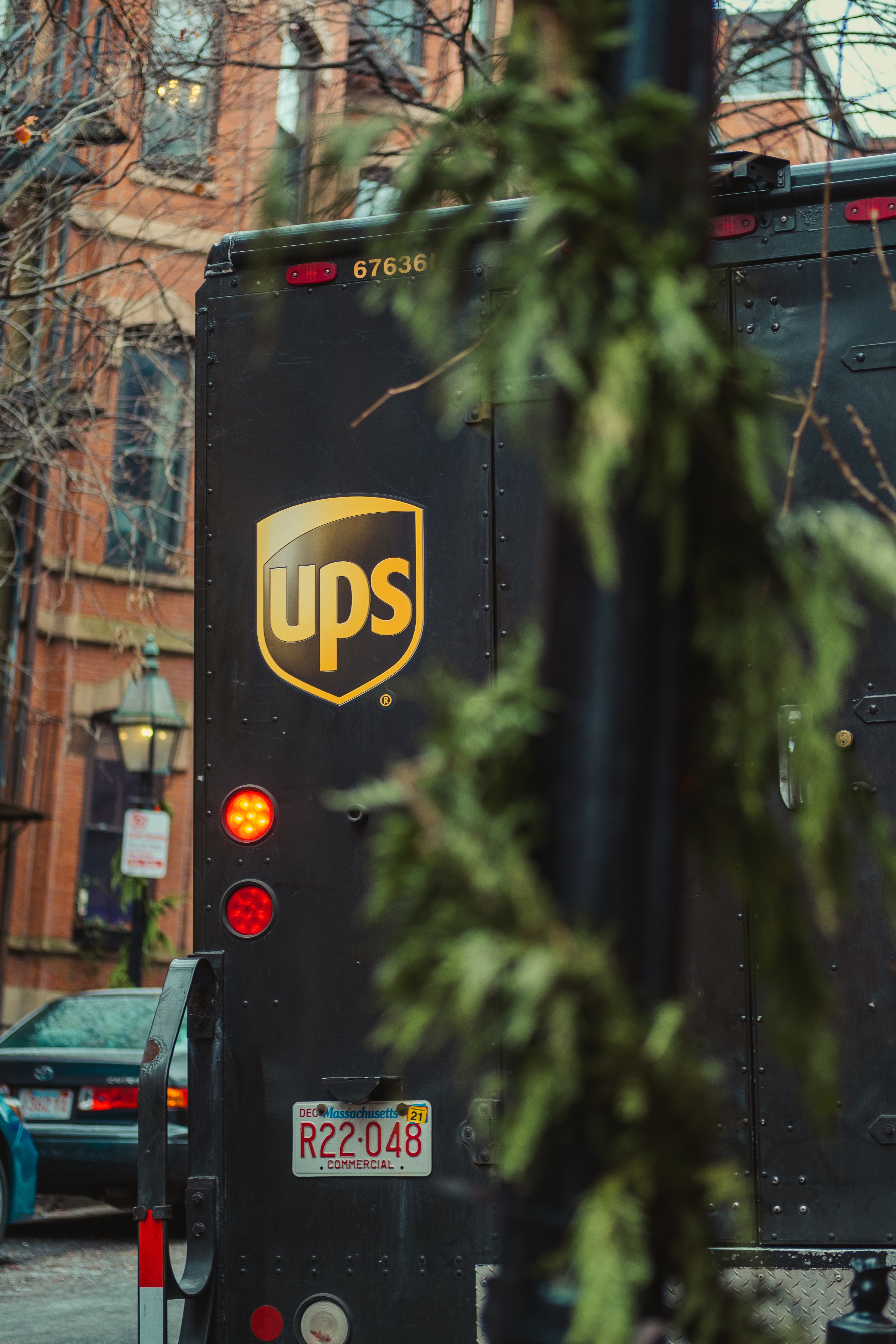In light of the potential UPS strike on August 1, stemming from unsettled labor contract negotiations, we anticipate notable delivery disruptions. Remember, even if you’re shipping with FedEx, the ripple effects could impact all domestic carriers.
As this situation unfolds, you might encounter some delivery delays. We will proactively keep you updated on any changes to delivery dates. If you have urgent, time-sensitive deliveries, we urge you to notify us as early as possible so we can strive to meet your needs. Timely coordination is key in this evolving scenario.
As the United States grapples with the looming threat of a UPS strike on August 1, businesses, retailers, and consumers are watching closely, acutely aware of the potential fallout.
The potential UPS strike emanates from the unsuccessful negotiations between UPS and its Teamsters Union, which represents approximately 340,000 UPS workers. This strike, if realized, could significantly disrupt the US economy. Although hopes are pinned on a peaceful resolution, we at Thumbprint are taking a look at the implications and possible mitigation measures.
The UPS Strike and Its Potential Impact
If the strike proceeds as threatened, packages that enter the UPS network as early as Tuesday, July 25, could be impacted. For example, a package with a 5-day transit time, entering the network on July 25, might end up being held in the UPS network and not delivered on August 1. This logjam would significantly disrupt the flow of goods across the nation, affecting various sectors of the economy.
The ripple effects of the strike are expected to shake up other major players in the industry. Most shippers plan to shift their volume from UPS to FedEx. However, FedEx executives have expressed concerns about their capacity to handle an additional 80% or more volume that might ensue from the strike. FedEx, thus, plans to limit volumes from existing customers and will likely not accept pickups or shipments from new customers. This echoes the situation experienced at the onset of the COVID-19 pandemic and during peak holiday shipping, where network congestion led to delays, throttling, and priority-based servicing.
Dissecting the Root of the Conflict
The impasse in the UPS-Teamsters negotiations primarily revolves around part-time worker pay. This issue is particularly critical since half of UPS drivers work part-time. The Teamsters Union has been ramping up its demands, buoyed by UPS’s record profits over several years, driven by increased demand for small package service post-COVID.
The Larger Picture: US Domestic Shipping Market
In 2022, the US domestic shipping market was divided as follows by parcel volume: USPS (32%), UPS (24%), Amazon Logistics (23%), FedEx (19%), and other carriers (2%). The potential strike would undoubtedly reshuffle this market distribution.
The last UPS strike in 1997, which lasted two weeks, serves as a historical precedent. However, unlike a railway strike, neither Congress nor the President has the ability to impose a contract on the parties, thus raising the specter of a prolonged strike.
As the UPS-Teamsters negotiations continue, the outcome will not only impact UPS and its workers, but the broader US economy. This potential disruption underlines the need for diversified logistics strategies for businesses and for ensuring the rights and fair compensation of workers.



